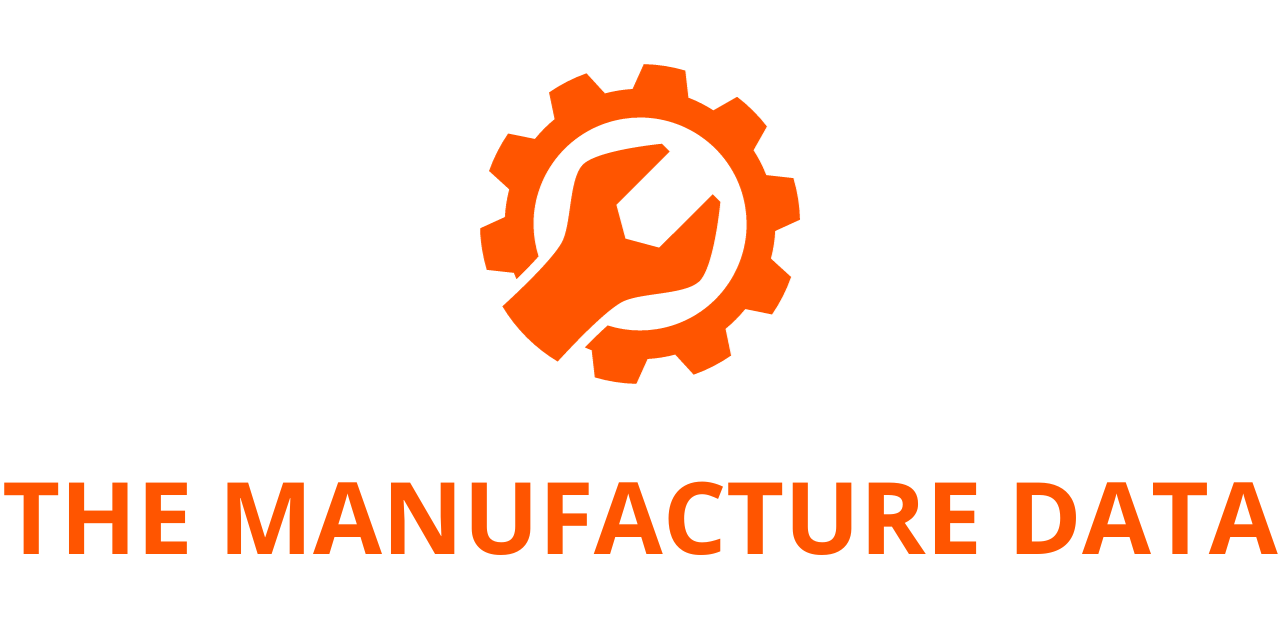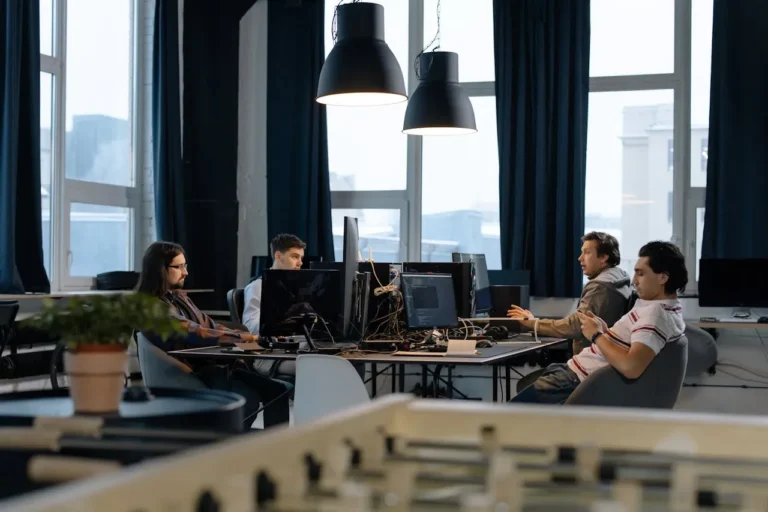
Qolab Leads Hardware Development in DARPA’s Ambitious Quantum Benchmarking Initiative
Qolab, Inc. has announced its pivotal role in the U.S. Defense Advanced Research Projects Agency’s (DARPA) Quantum Benchmarking Initiative (QBI), a landmark project aimed at accelerating the development of quantum computing technologies. As a co-leader of the initiative alongside Hewlett Packard Enterprise (HPE), Qolab is taking the lead in hardware development for a consortium that includes major players from industry, academia, and government research labs. This high-profile collaboration is focused on one of the most pressing and complex questions in computing: can a practical, industrial-grade quantum computer be developed by 2033?
At the heart of this initiative lies a bold vision: to bring quantum computing out of the lab and into real-world industrial applications much faster than conventional timelines predict. The DARPA QBI program is not just another research project; it is a comprehensive effort to benchmark and accelerate quantum computing capabilities through rigorous collaboration, cutting-edge innovation, and a laser-sharp focus on overcoming the critical challenges of scalability, reliability, and performance.
Qolab’s Role: Leading the Charge in Hardware Innovation
Qolab’s leadership in hardware development is central to the QBI’s mission. The company is spearheading the design and fabrication of quantum processors, specifically focusing on superconducting qubits, which are among the most promising candidates for scalable quantum systems. With a strong foundation in quantum physics and deep ties to the semiconductor industry, Qolab is uniquely positioned to drive forward the hardware capabilities needed to realize DARPA’s 2033 quantum computing vision.

“We are thrilled to be at the forefront of hardware development for this groundbreaking initiative,” said Dr. John Martinis, Chief Technology Officer of Qolab. Dr. Martinis is widely recognized as a pioneer in the field of quantum computing, having led key advancements in superconducting qubit technology. He is best known for his development of the flux-tunable transmon and couplers—core components of today’s superconducting qubit systems.
“Our focus is on fabricating high-quality superconducting qubits leveraging the latest tools the semiconductor industry has to offer,” Martinis continued. “We recognize the critical need for significant improvements in qubit fabrication, and we are dedicated to overcoming these challenges with our collaborators.”
In the QBI consortium, Dr. Martinis is overseeing the entire quantum hardware stack, which includes the design and fabrication of qubits, development of control electronics, and systems engineering for integrated quantum platforms. His work is essential for achieving the level of performance and scalability required for utility-scale quantum computing.
Full-Stack Collaboration with HPE and Industry Leaders
While Qolab leads the hardware front, HPE is guiding the full-stack software development side of the initiative. Dr. Masoud Mohseni, a distinguished technologist at HPE, is at the helm of software innovations. His responsibilities encompass quantum algorithm development, quantum error correction strategies, hybrid quantum-classical architectures, and overall quantum benchmarking efforts.
“By bringing together the best minds and technologies in the field, we are confident that we can accelerate the development of quantum computing,” said Dr. Mohseni. “Our team is committed to pushing the boundaries of what is possible and delivering the solutions that will power the future of quantum computing.”
Both leaders emphasize the collaborative nature of this initiative. “We are excited to work with our collaborators to build high-performance quantum-classical coprocessors,” added Martinis. “This collaborative effort will allow us to design and test high-quality quantum components and system integration at all intermediate scales with accelerated pace and reduced cost.”
A Broad Consortium of Quantum Innovators
Qolab and HPE are not alone in this endeavor. They are working alongside a robust network of partners that includes leading semiconductor companies, quantum startups, research universities, and national laboratories. Each collaborator brings unique expertise and resources to the table, ensuring that every layer of the quantum computing stack—from materials science to software architecture—is addressed with precision and innovation.
Hewlett Packard Enterprise: High-Performance Hybrid Computing
HPE’s contribution is grounded in its decades of leadership in classical high-performance computing. The company’s role in developing hybrid quantum-classical systems is essential to making quantum computers useful for industrial applications. By integrating quantum processors with traditional supercomputing resources, HPE aims to create robust platforms capable of tackling real-world problems across fields such as cryptography, materials discovery, drug design, and logistics optimization.
Applied Materials: Materials Engineering and Wafer-Level Fabrication
Applied Materials, a leader in materials engineering solutions, is supporting the initiative through its expertise in advanced packaging, nanofabrication, and materials development. Their role focuses on improving the uniformity and error rates of superconducting qubits, which are critical for scaling quantum systems. Applied’s contribution highlights the growing intersection between semiconductor manufacturing and quantum research.
Synopsys: Simulation, EDA Tools, and CryoCMOS Design
With its deep roots in electronic design automation (EDA) and semiconductor IP, Synopsys is contributing simulation tools, modeling frameworks, and cryoCMOS circuit design capabilities. The company is also supporting the development of scalable design flows for quantum systems, helping bridge the gap between hardware and software design in quantum architectures.
Quantum Machines: Quantum Control and Real-Time Error Correction
Quantum Machines (QM) is playing a vital role in quantum hardware control and error correction. Their Hybrid Control platform enables seamless coordination between quantum and classical components. QM’s systems support real-time quantum error correction and control solutions that are processor-agnostic, offering flexibility and speed to researchers working across hardware types.
1QBit: Algorithm Compilation, Fault Tolerance, and Benchmarking
1QBit contributes through its Topological Quantum Architecture Design (TopQAD) software suite, which helps model the impact of hardware noise, imperfections, and architecture choices on the performance of quantum error correction protocols. Their simulations support fault-tolerant quantum computing (FTQC) design, helping the consortium evaluate and optimize quantum system architectures in preparation for real-world deployment.
University of Wisconsin: Algorithms and Benchmarking
Academic expertise is also crucial to the QBI initiative. Professor Matthew Otten of the University of Wisconsin is a key contributor in the area of quantum benchmarking and algorithm design. His work provides critical insights into the metrics and testing methodologies that the consortium uses to measure progress toward quantum advantage—a milestone where quantum computers outperform classical ones on useful tasks.
Paving the Way Toward 2033
DARPA’s Quantum Benchmarking Initiative is not just a moonshot—it is a coordinated, multi-stakeholder effort to transition quantum computing from scientific exploration to industrial utility. The timeline is aggressive, the goals are ambitious, and the challenges are considerable. But with a coalition of top-tier experts from the public and private sectors, the initiative is well-positioned to drive significant progress.
Qolab’s leadership in hardware development—combined with the software, systems, and integration capabilities of its collaborators—creates a powerful synergy. Together, they are laying the groundwork for a new era of Qolab computing, one where quantum and classical systems operate in harmony to solve problems previously considered intractable.
As the 2033 goal looms on the horizon, the QBI consortium continues to push forward. If successful, this initiative could redefine the Qolab technological landscape, ushering in a future powered by scalable, fault-tolerant, and industrially viable quantum computers.




